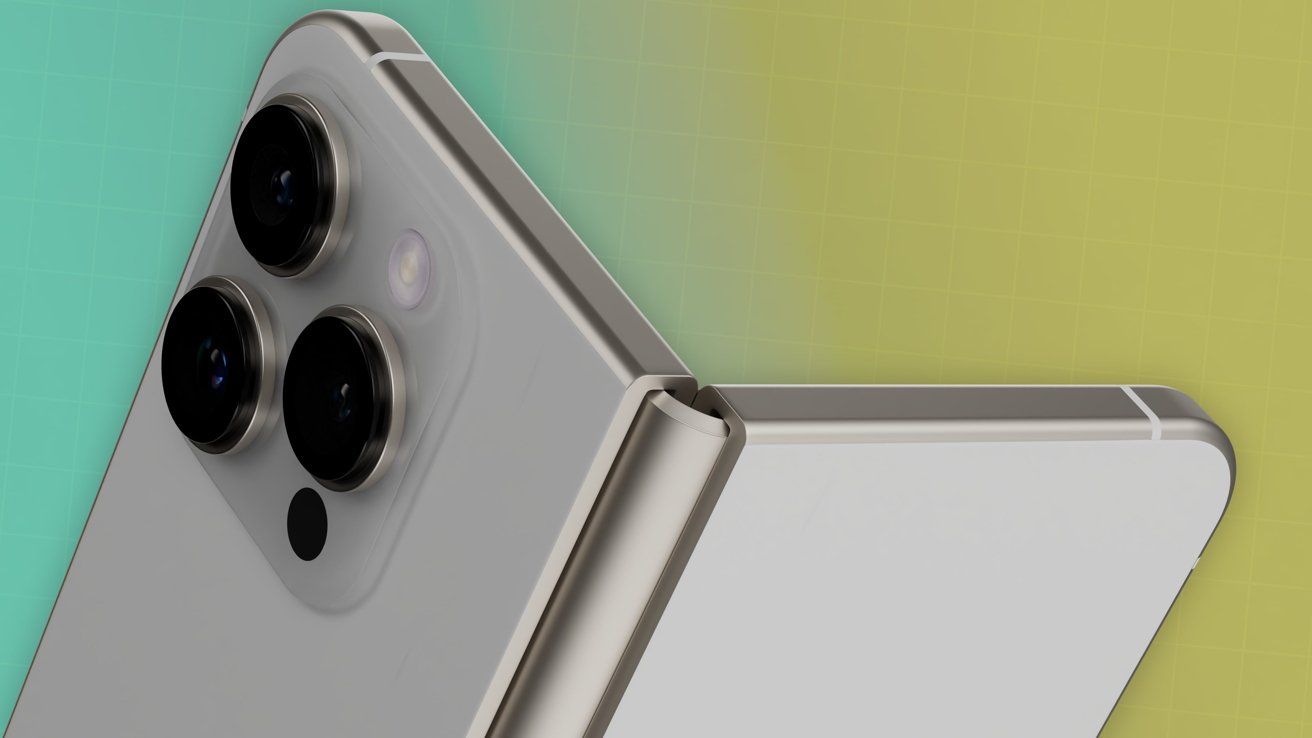As Apple approaches the 20th anniversary of its iconic iPhone, the tech giant is reportedly planning a significant redesign for the iPhone 20, slated for release in 2027. This overhaul is expected to introduce groundbreaking features, including a foldable version and a Pro model that extensively incorporates glass elements.
A Nod to the Past: The iPhone X Redesign
In 2017, Apple commemorated the iPhone’s 10th anniversary with the launch of the iPhone X. This model marked a departure from previous designs by eliminating the home button in favor of an all-glass display. Priced above $1,000, the iPhone X set a new standard for smartphone design and functionality, influencing the industry for years to come.
Anticipated Features of the iPhone 20
Building on this legacy, the iPhone 20 is expected to introduce several innovative features:
– Foldable Design: Apple is reportedly developing a foldable iPhone, aiming to compete with similar offerings from rivals like Samsung. This design would allow users to enjoy a larger display that can be folded into a more compact form for portability.
– Enhanced Glass Integration: The Pro model of the iPhone 20 is anticipated to make extensive use of glass, potentially featuring a seamless glass body that enhances both aesthetics and durability.
– Advanced Display Technology: The new models may incorporate cutting-edge display technologies, such as improved OLED screens or even microLED, offering better color accuracy, brightness, and energy efficiency.
– Camera Innovations: Apple is likely to introduce significant upgrades to the camera system, possibly including higher megapixel sensors, improved low-light performance, and advanced computational photography features.
– Performance Enhancements: The iPhone 20 is expected to be powered by a new generation of Apple’s A-series chips, delivering faster processing speeds and improved energy efficiency.
Market Implications and Consumer Expectations
The introduction of a foldable iPhone and a glass-centric Pro model could significantly impact the smartphone market. These innovations may attract consumers seeking cutting-edge technology and design, potentially boosting Apple’s market share and setting new industry standards.
However, such advancements may also come with higher price points, raising questions about consumer willingness to invest in premium devices. Apple’s challenge will be to balance innovation with affordability to maintain its broad customer base.
Conclusion
As the 20th anniversary of the iPhone approaches, Apple’s rumored plans for the iPhone 20 suggest a bold step forward in smartphone design and functionality. By potentially introducing a foldable model and enhancing the use of glass in its Pro version, Apple aims to redefine user experience and reaffirm its position as a leader in technological innovation. While these developments are still speculative, they reflect Apple’s ongoing commitment to pushing the boundaries of what’s possible in mobile technology.



